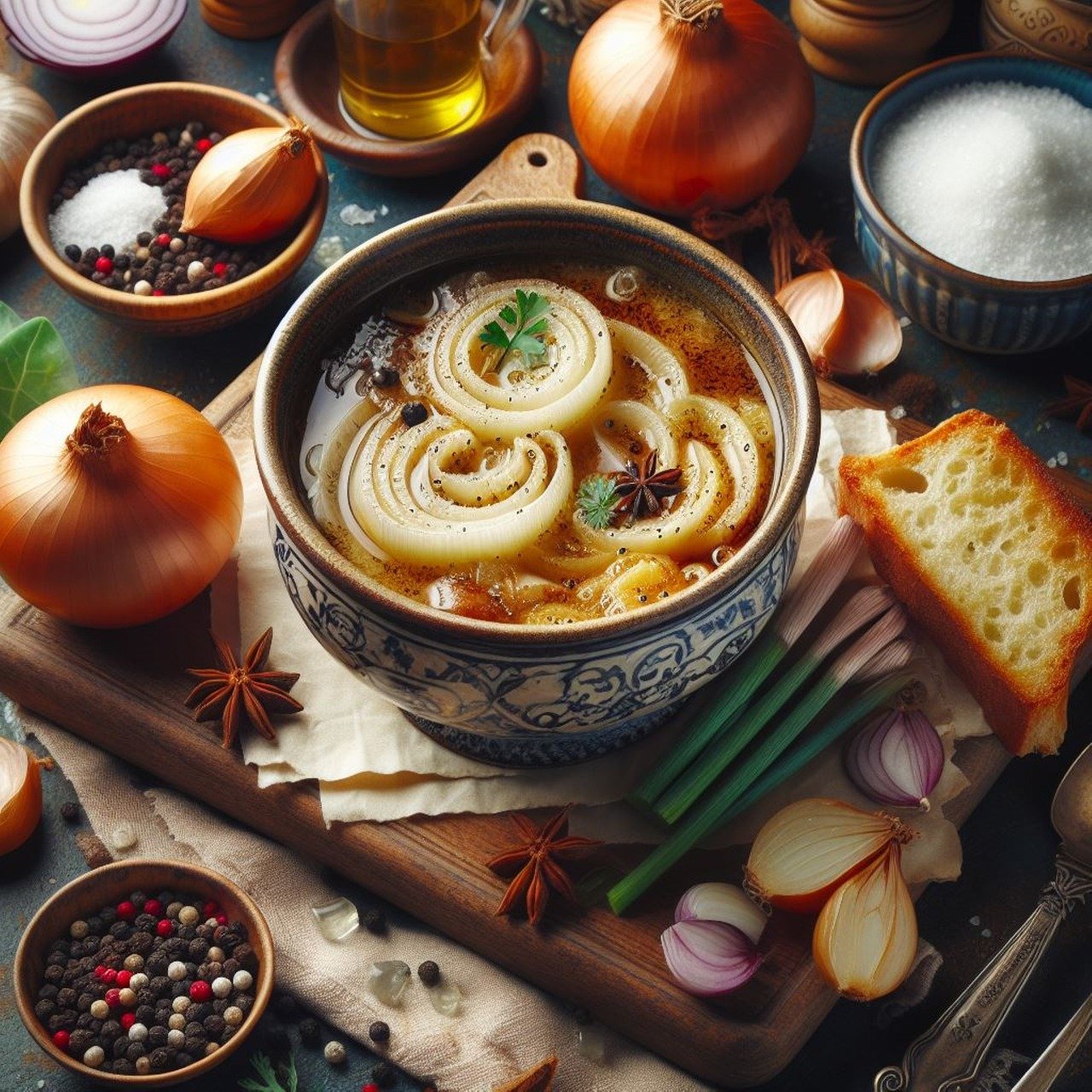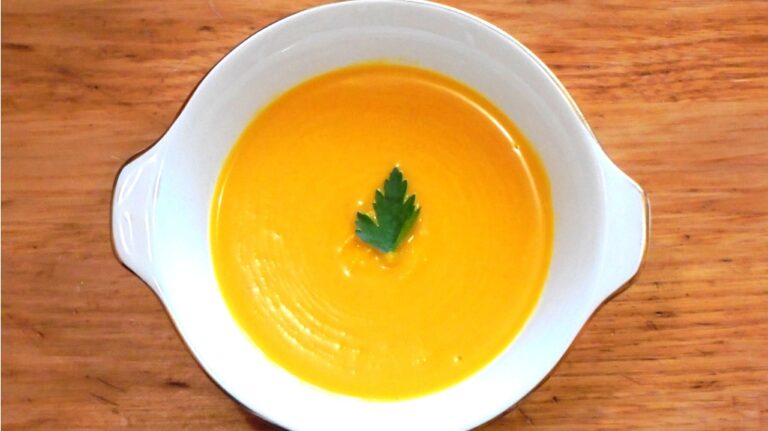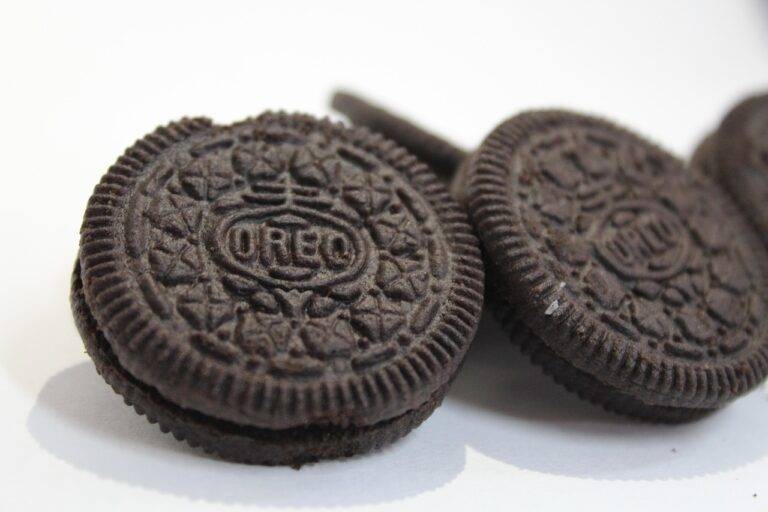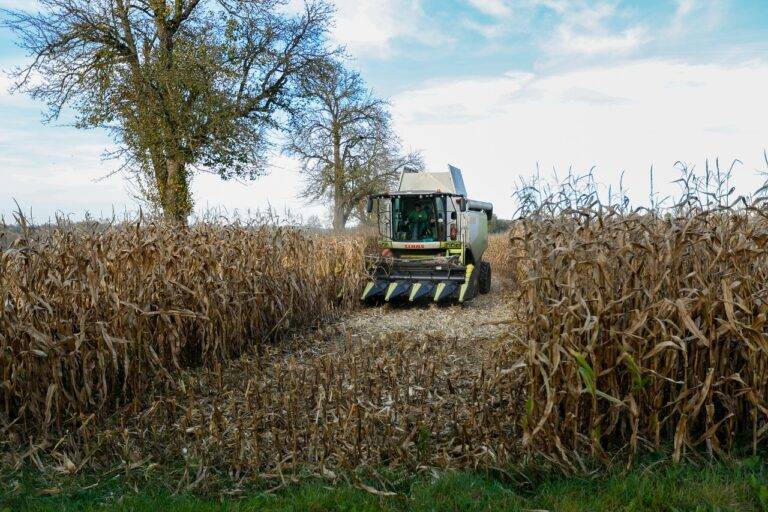The Ultimate Guide to Cheese: Types, Tasting, and Pairing
When it comes to varieties of cheese, the options are endless. From creamy brie to tangy blue cheese, there is a cheese to suit every palate. Hard cheeses like cheddar and gouda offer a sharp and savory flavor, while softer cheeses such as mozzarella and feta provide a milder taste that pairs well with various dishes.
Cheese can also be categorized based on its type of milk, including cow, goat, and sheep milk cheeses. Each type of milk lends its own distinct flavor profile to the cheese, creating a diverse range of tastes and textures for cheese enthusiasts to enjoy. Whether you prefer a rich and nutty Swiss cheese or a pungent and crumbly Roquefort, the world of cheese has something for everyone.
History of Cheese
Cheese has a long and rich history that dates back thousands of years. While the exact origins of cheese are uncertain, it is believed that cheese-making techniques were developed independently by different ancient civilizations around the world. These early cheese-makers discovered that by allowing milk to curdle and separate into curds and whey, they could create a nutritious and long-lasting food product.
One of the earliest recorded references to cheese-making comes from ancient Mesopotamia, where cheese production was depicted in ancient cuneiform tablets dating back to around 3,000 B.C. Throughout history, cheese has been a valuable food source for many cultures, providing essential nutrients and calories, especially in times of scarcity. The art of cheese-making has evolved over time, with various regions developing their own unique cheese varieties and production methods.
• Cheese-making techniques were developed independently by different ancient civilizations
• Early cheese-makers discovered that allowing milk to curdle created a nutritious and long-lasting food product
• Ancient Mesopotamia has one of the earliest recorded references to cheese-making in cuneiform tablets dating back to 3,000 B.C.
• Cheese has been a valuable food source for many cultures throughout history, providing essential nutrients and calories
• Various regions have developed their own unique cheese varieties and production methods over time
Cheese-Making Process
The cheese-making process begins with curdling milk using either rennet or an acidic substance. Once the curds and whey separate, the curds are drained and pressed to remove excess whey. Next, the curds are cut into smaller pieces, allowing more whey to be released. The curds are then heated and stirred until they reach the desired firmness and texture.
After shaping the curds into molds, the cheese is left to ripen and develop its unique flavor profile. The aging process can range from a few days to several years, depending on the type of cheese being produced. During this time, the cheese is carefully monitored for temperature and humidity levels to ensure proper maturation. The end result is a delicious and versatile food product enjoyed by people all around the world.
What are the main types of cheese?
The main types of cheese include cheddar, mozzarella, brie, feta, Swiss, gouda, and many more.
What is the history of cheese?
Cheese has been around for thousands of years, with evidence of its production dating back to ancient civilizations like the Egyptians and Romans.
What is the cheese-making process?
The cheese-making process involves curdling milk, separating the curds from the whey, pressing the curds into cheese molds, salting and aging the cheese, and then packaging it for consumption.







